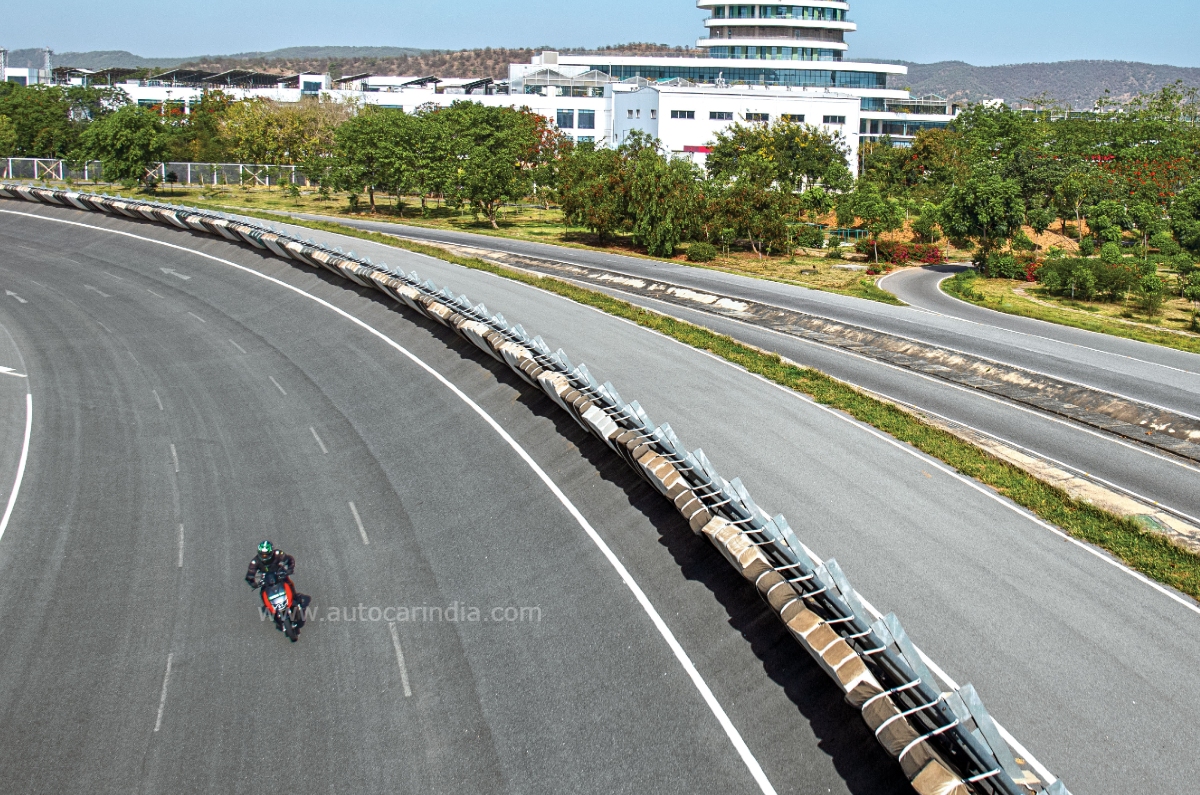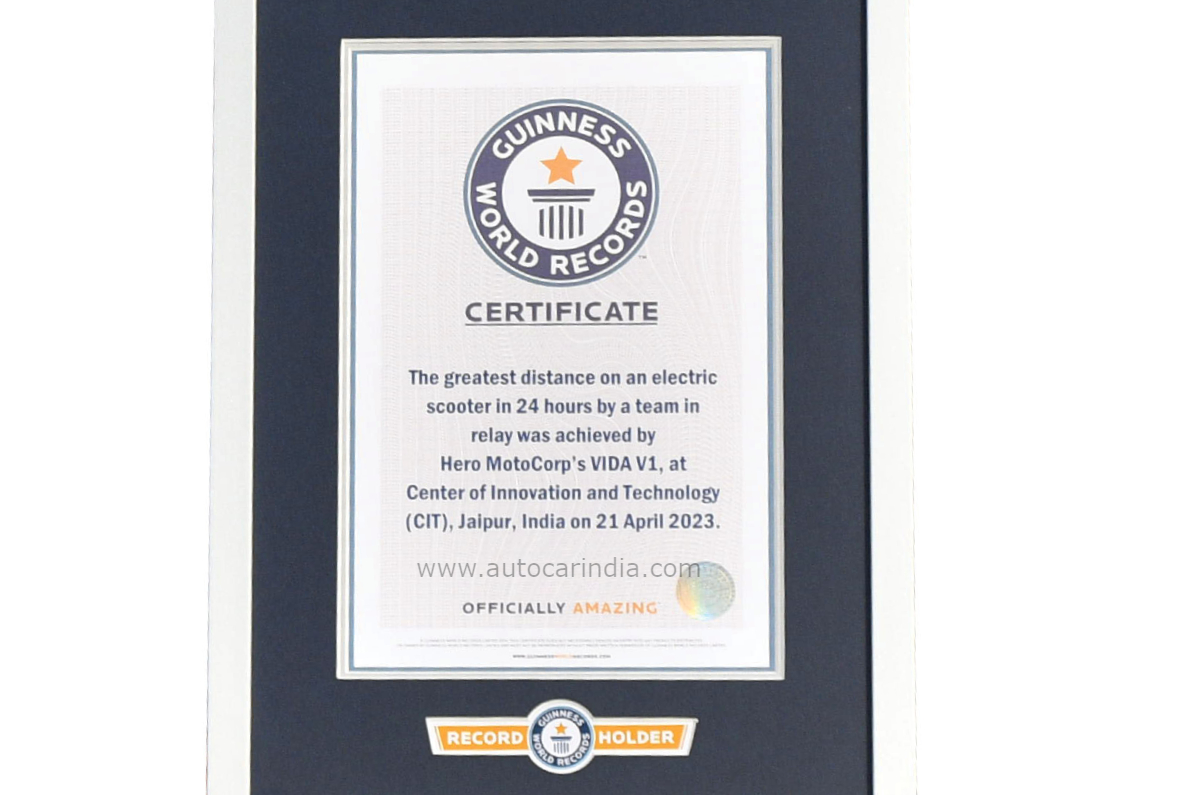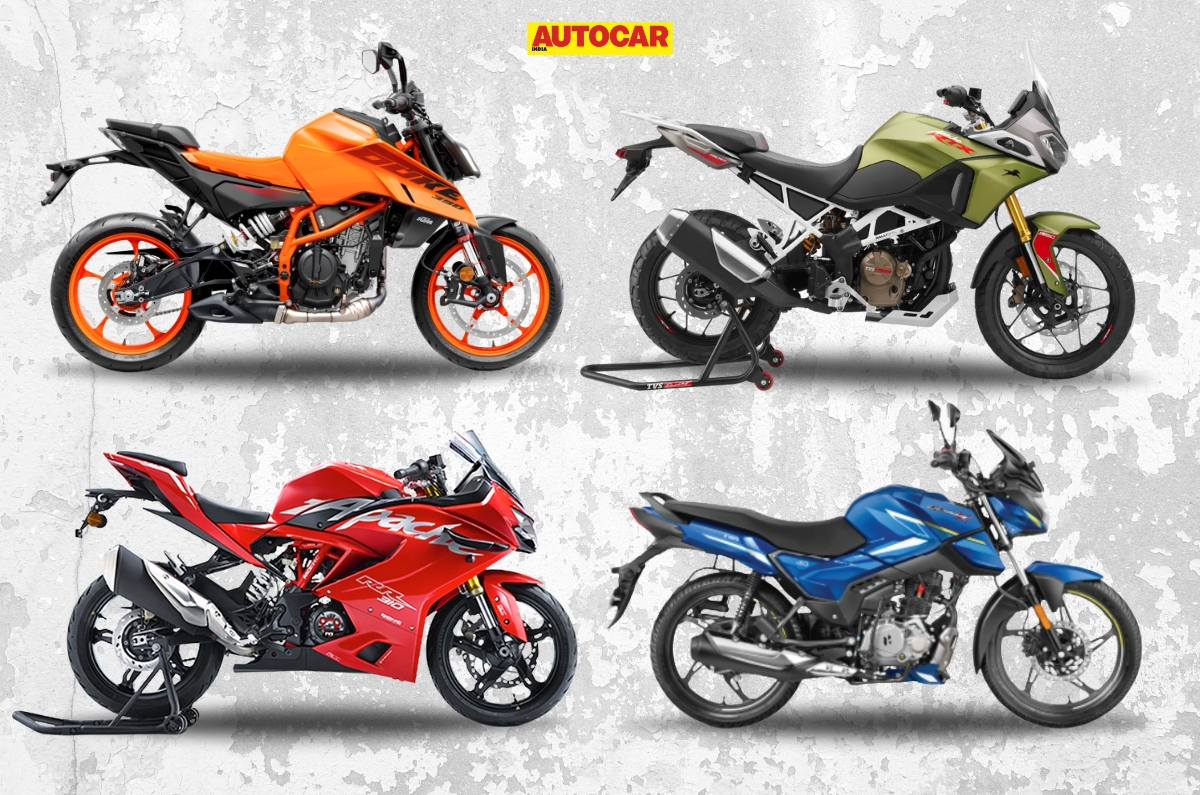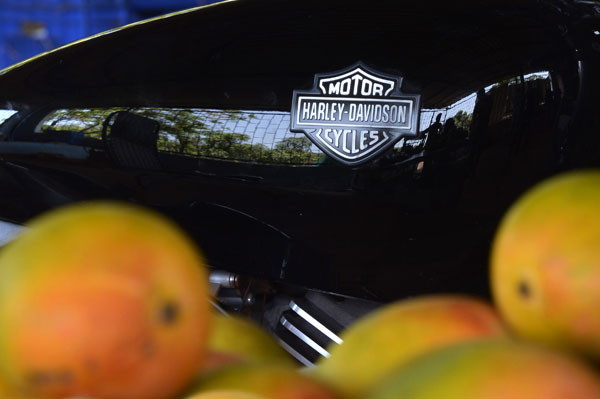How far it will go is the first thing anyone wants to know about an electric vehicle. Of course, when people ask the question, they’re referring to how far it will go on a single charge. But we decided to take the concept to the extreme. How far can an electric scooter go in 24 hours? After all, the current image that most e-scooters in India have doesn’t exactly scream durability. Our unforgiving conditions mean that most of them struggle to perform as advertised when pushed to the limit for long durations. So what happens when you max one out for two full cycles of the clock? In most cases, you wouldn’t even be able to, because the average e-scooter will run flat-out for about an hour and give you a little over 50km of range before needing to be plugged in for 4 or 5 hours to top up. The game-changer, however, came last year, when we got the first truly indigenous e-scooter with removable batteries, in the form of the Vida V1. And immediately, the idea started crystallising in our minds.
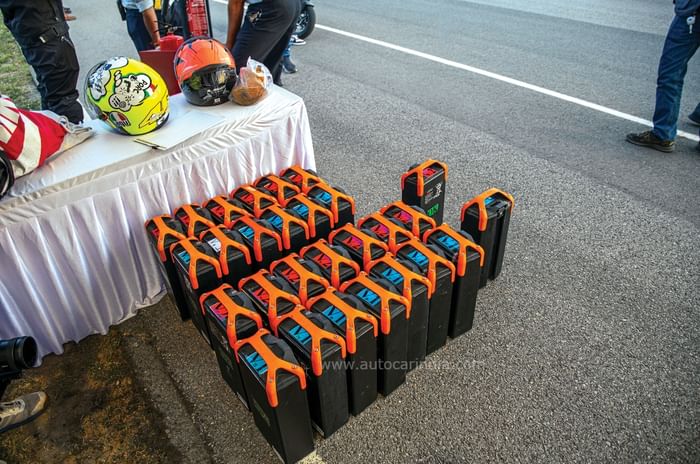
By the time we landed at Hero’s cutting-edge Centre of Innovation and Technology outside Jaipur, we were equipped with a clear game plan, and six riders brimming with determination. Run the V1 flat-out till it’s down to about 20-25 percent charge (performance gets capped below this point), then swap out the two removable battery packs for fully juiced-up ones, and repeat. For a whole day. If everything runs as it should, we should hold a new world record by the end of it.
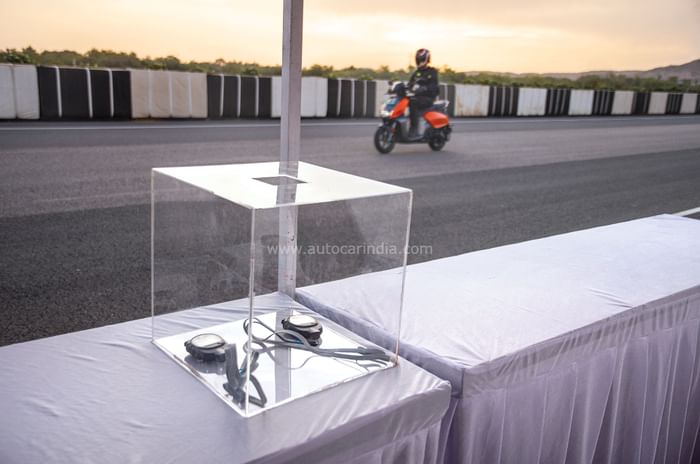
Of course, making sure everything runs as planned required a great deal of groundwork. The 5 Ps of success were more important than ever – Perfect Preparation Prevents Poor Performance. So the day before the run was spent doing things like practising pit-stops, checking the accuracy of the scooter’s odometer and nailing down communication protocols between rider and pit-box.
DREAM TEAM
The riders in question were split half-and-half between Autocar India and Hero MotoCorp. For Soham and myself, this was our first time doing an endurance run of any kind, so enthusiasm and excitement were high. Rishaad brought leadership and experience to the table, while Hero’s three development riders provided intimate knowledge of the working of the scooter. Of course, it takes much more than just the riders to make something like this happen, and Hero also put together a slick and efficient pit crew to help us with our pit-stops. As we’d find out over the next many hours, their contribution extended far beyond just swapping out batteries.
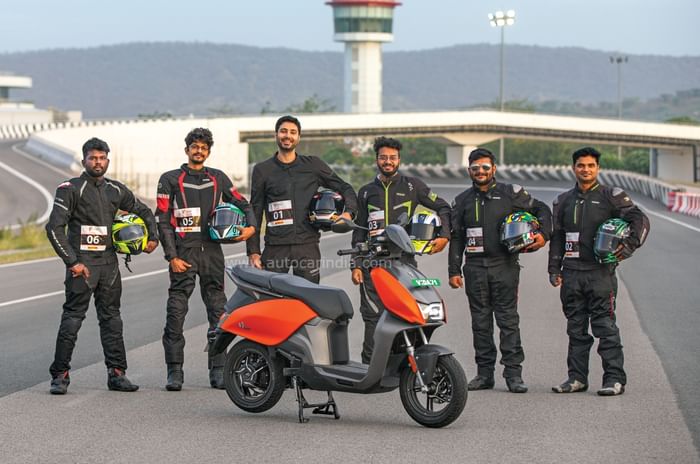
By the time we neared the 6:45am flag-off the following morning, the air was thick with anticipation. The confidence in our preparation was firm, but 24 hours is a long time to be constantly maxing out a vehicle. That’s over 86,000 seconds, and it only takes 1 for something to go wrong. Bad luck warded off with a ceremonial coconut crack at the flag-off, Rishaad took the reins for the first stint, and we swiftly and silently got underway.
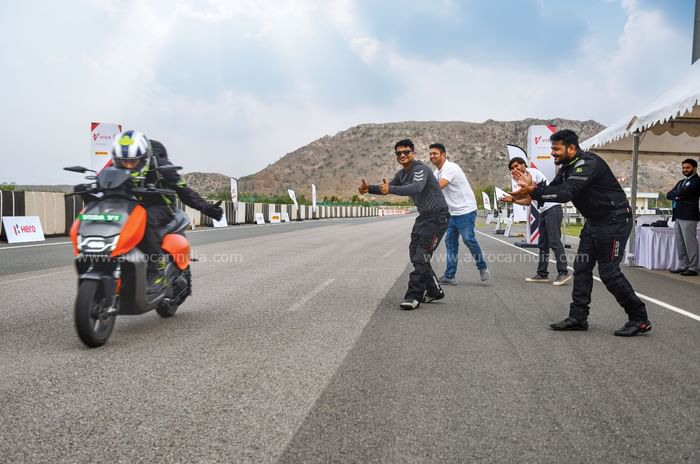
This initial phase was all about finding a rhythm. Measuring lap times, making sure the scooter is performing as it should, and getting our bodies primed for the agony that was to follow. The plan was for each rider to do two full charges, which should mean a roughly 100km stint per rider. Rishaad’s first stop, though, came a little earlier than expected, 43km into the run. His second set of batteries lasted slightly longer, giving him 45km. But still not quite as much as we were hoping for. There was a good explanation, though. Not only was he the tallest rider of our group, but he was also sat upright while riding, so it was a bit of a ‘human sail’ situation. Which brings me neatly to the unique challenges of our record run.
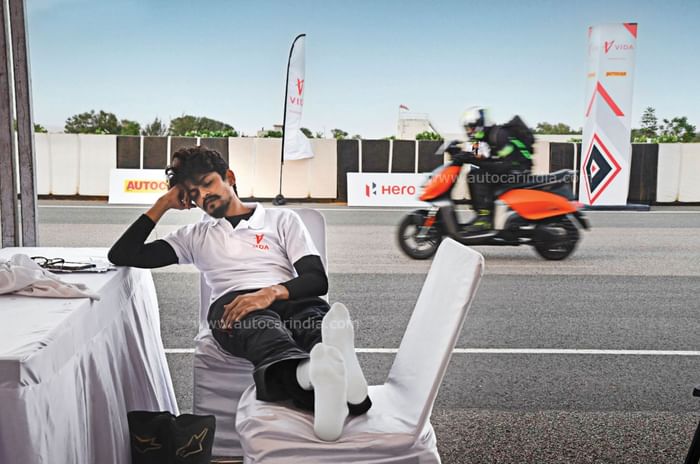
Usually, endurance runs like these tend to be set using high-performance vehicles. And while those bring their own challenges in terms of windblast and seating comfort, we had equally taxing demands from the V1 as well. When you’ve only got 6kW of power to play with, aerodynamic drag makes a sizeable difference not only to your top speed, but also your range. Maximising the length of our stints meant tucking in and cutting as sleek a figure as possible. Not so hard for half an hour sessions at a racetrack. But to do it stint after stint over an endurance run like this, our backs and necks were really put through the wringer.
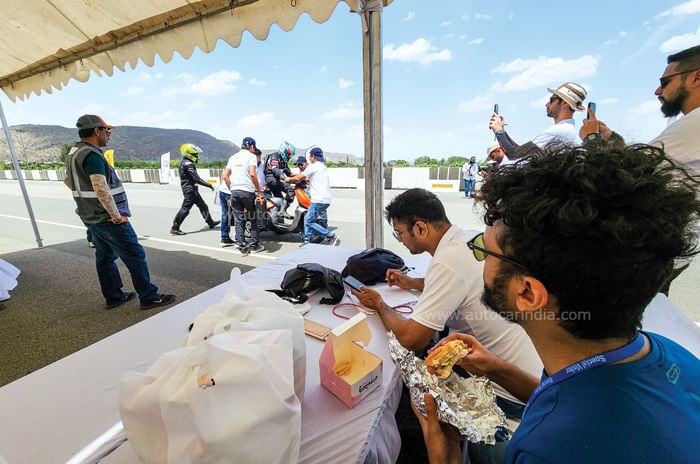
It paid off, though. The next time Rishaad went out, he tucked in and managed 46 and 48km from his two sets of batteries – much more like it. Of course, before that happened, all five remaining riders put in their stints, and the results were more or less as you’d expect. Soham and I, as the lightest riders of the bunch, were able to hit the 100km mark on our runs. Meanwhile, Hero’s riders were closer to 70kg Rishaad than the two of us 55-kilo lightweights, both in terms of the build as well as stint length.
STOP N GO
We completed 38 pit-stops over the course of 24 hours, and right till the very last one, our hearts would skip a beat when we saw the scooter coming in for a swap. After all, it’s a condensed period of manic activity, with a lot of scope for something to go wrong. Luck and practice came together to ensure that drama was kept to a minimum, and nearly all the stops went off completely incident free. There was only one instance of a set of freshly inserted batteries not being read correctly by the scooter, resulting in the rider needing to come in on the following lap to get them properly installed. Even through this, Hero’s pit crew remained composed and fluid, and this reflected in the pit stop timings they managed throughout the run.
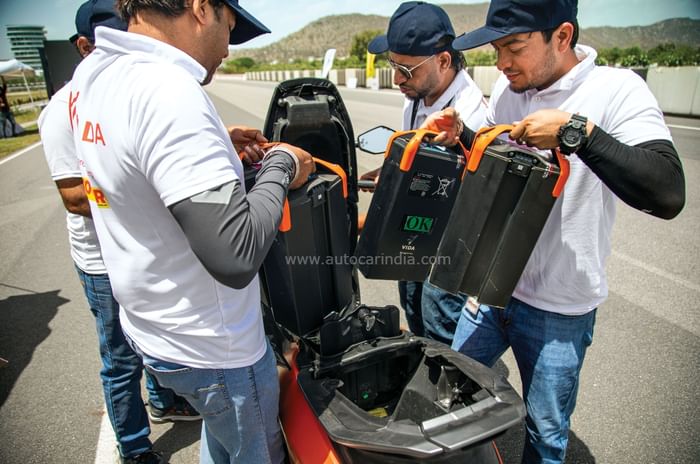
The vast majority of pit stops were completed in under 20 seconds, which is very impressive, considering you have to get the rider off, unlock the seat, flip it open, then open the battery compartment underneath, swap out the two depleted batteries for fresh ones, shut everything, start up the scooter, get the rider on-board and put it back into Sport mode. Perhaps the highest praise for the pit crew is that the quickest pit-stop, a fantastic 11.07 seconds, came at 1:37am, when you’d expect energy levels to be at their lowest. Over the course of the 24-hour run, the scooter spent less than 11 minutes in the pit-lane for battery and rider swaps!
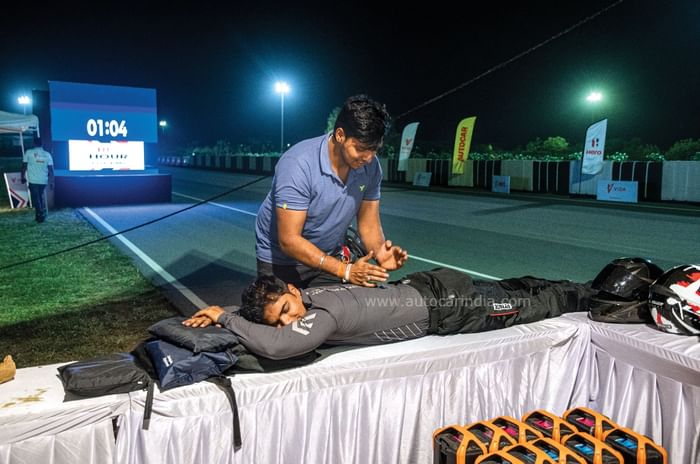
In many ways, it was harder for the pit crew to remain awake and alert throughout the run. A rider circulating the track is expected to have his wits about him, along with a hit of adrenaline to help with the process. But for crew members sitting idle in pit-lane for most of the time, sinking into the peaceful embrace of sleep is far easier. But far from it, they were more often than not cheering us along as we crossed the start-finish line each lap, doling out massages that felt like an oasis in a desert, and even watching IPL matches to keep themselves awake.
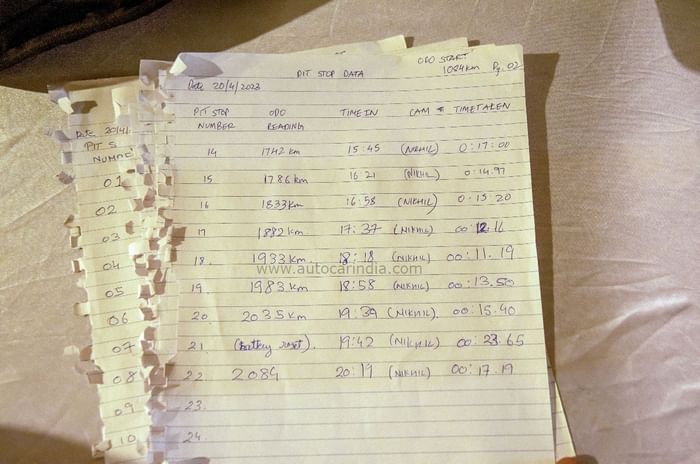
BEAT THE HEAT
I lucked out in many ways with my slot (#3) in the rider sequence. My first stint came before the draining heat of the afternoon, and my second stint began just as the worst of it was over. By the time I hopped off the V1 for the second time, the sun was almost on the horizon, bringing some much-needed relief. But with all this happening in the middle of a brutal nationwide heatwave, everything was relative. The middle of the afternoon saw the mercury nudging 40 degrees Celsius, with track temperatures approaching 60 degrees Celsius. Then again, we got lucky because we were expecting worse, but got a cloudy, windy afternoon to help us. Still, cooling vests and thoroughly soaked neck tubes were the need of the hour.
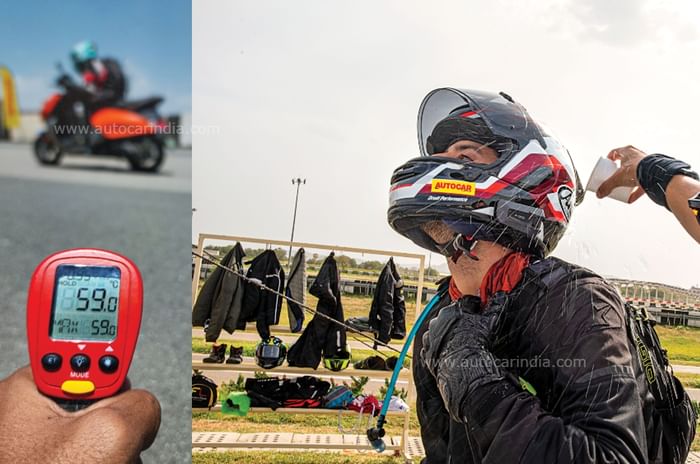
Even after dark, it didn’t fall too far below the 30-degree mark, but there was enough else to be happy about. Usually, the night is the toughest part on runs like these, with everyone’s body clocks beginning to yell “Sleep!” But things were a little different in our case. The more moderate temperatures meant higher efficiency levels for the Vida’s electric powertrain, so we could stretch our stint lengths. With the night at its coolest, just before dawn, we managed to squeeze 55km from a set of batteries, and throughout the night, we were able to match or exceed 50km on a charge.
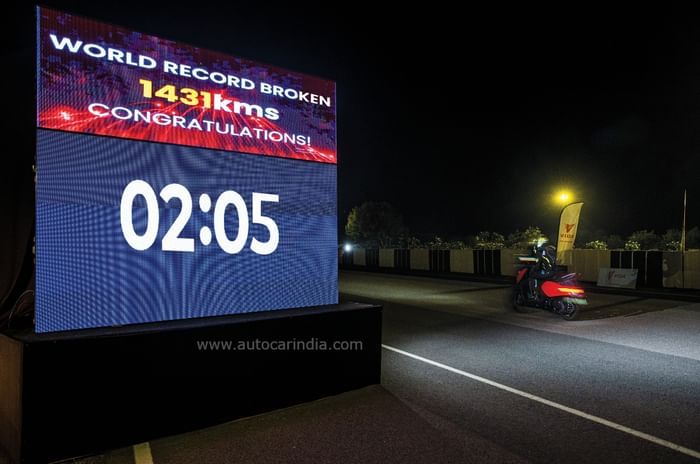
But the biggest thing that kept us going through the night was the fact that at around 2am, we’d be breaking the existing world record of 1,430km. So exactly when you’d expect everyone to be heading to the rest area and getting some shut-eye, the pits were full of people and buzzing with activity. Here’s where my lucky #3 spot came back into play, because I was fortunate enough to be at the helm when we hit the 1,431km mark. Coming past the pit-lane with the entire crew standing there cheering, whistling and jumping with joy was uplifting, to say the least. So much so that I even extended my stint and went for a third set of batteries. With my light weight resulting in the quickest lap times of us all, any extra time I could spend on the scooter would be vital in maximising the distance covered. And we didn’t want to just break this record. We wanted to demolish it.
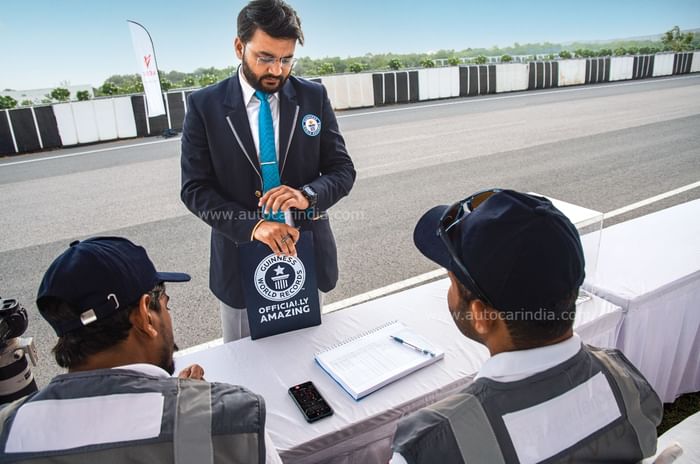
By the time I hopped off the scooter for the final time, the odometer had gone up by 160km since I jumped on. Which doesn’t sound like much, but look at it this way – it was over two straight hours of being completely tucked in and holding the throttle to the stop. I was pretty knackered. But I’d done my bit. The extra time on the scooter had not only helped us eke out a little extra distance, but it had also perfectly adjusted the timeline so Hormazd could jump on for the final few laps at the last hour and wrap things up.
HOME STRETCH
While I went off to get some much-needed shut-eye, Soham and Hero’s development riders rode us closer to the 24-hour mark. With the sun beginning to peer over the horizon, the 6th rider in our sequence wrapped up his third and final stint of the run, allowing Hormazd to jump in, take the helm and bring it home in grand style.
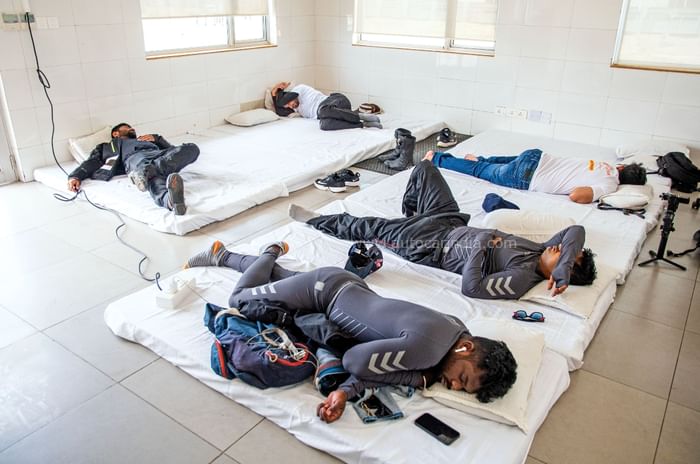
It’s hard to put into words exactly what you feel when something like this comes to an end. Of course, relief is a big part of it. From the very first minute, you’re aiming for and thinking about the finishing line. And when it finally arrives 24 hours later, you feel a great deal lighter. But perhaps the strongest feeling of them all is elation. Enough to make all the hours of pain and soreness melt away in the blink of an eye.
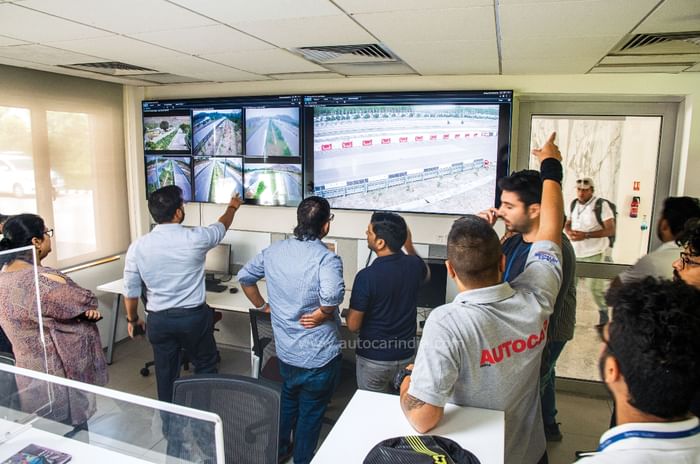
Nobody was complaining about stiff necks or aching backs when we popped the champagne bottles at the end. There were smiles all around, and it was hard not to get swept up in a sense of camaraderie. Here were three riders and a pit crew we’d never met before, who work for an entirely different organisation, with whom we joined forces to set a new world record. At the onset, we were little more than strangers. By the end of it, bonds had formed that will last well beyond the 24 hours.

The significance of our hard-earned achievement lies as much in the enduring machine that carried us, as it does in the determined people that made it happen. For starters, the V1 ran absolutely flawlessly through it all. Despite riding hour after hour at Vmax through the vicious heat of the afternoon, there was never any drop in performance or sign of protest from the scooter. And it kept us as comfortable as one can expect over a 24-hour run like this.
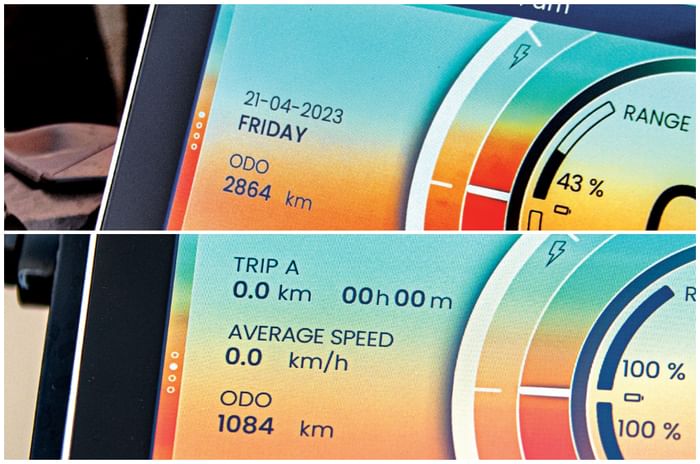
But more than that, the earlier record was held by a European scooter running on a European circuit. To be able to not only break, but absolutely smash that number, and set a new Guinness World Records Title on an e-scooter built right here in India, by the biggest two-wheeler manufacturer in the world, at its state-of-the-art testing facility, filled us all with a tremendous sense of pride and patriotism.


